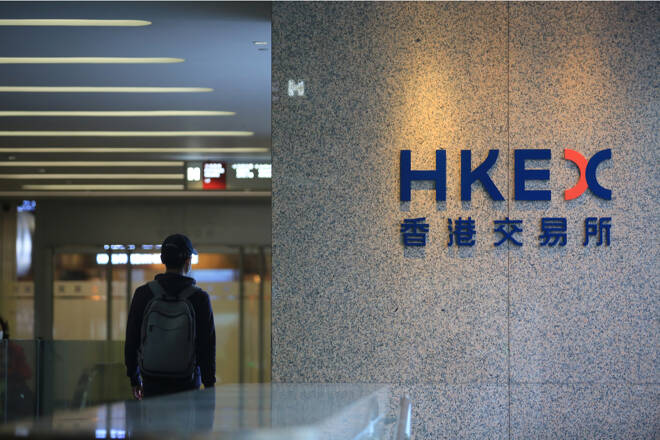Advertisement
Advertisement
Asia Market News: BOJ’s Wage Dilemma: Navigating Negative Interest Rates
By:
Key Points:
- On Thursday, the Nikkei continued to trend lower as investors await the Rengo Report, out on Friday.
- The ASX 200 joined the Nikkei in negative territory ahead of important economic indicators from the US.
- HK property stocks found much-needed support despite Beijing withholding stimulus measures to bolster the sector.
Wages, the Bank of Japan, and Negative Interest Rates
On Thursday, the Nikkei 225 continued pulling back from the 40,000 handle. The Nikkei was down 0.18% at 38,626 points as investors await the all-important Rengo Report.
Rengo, the Japanese Trade Union Confederation (JTUC), will release a report on wage agreements on Friday, March 15. The Report could dictate the tone of the 2-day Bank of Japan monetary policy meeting commencing March 18.
In recent months, the Bank of Japan vocalized the requirements to exit negative rates. Higher wages could mitigate the effects of inflation on disposable income. Upward trends in household spending could fuel demand-driven inflation. A pickup in demand-driven inflationary pressures would allow the Bank of Japan to exit negative rates to deliver price stability.
However, Bank of Japan Governor Kazuo Ueda created uncertainty about a March pivot from negative rates. Economic indicators from Japan send mixed signals that could delay a pivot from negative rates. Significantly, households could curb spending on non-essential items in an uncertain macroeconomic environment.
Nonetheless, a stronger USD/JPY limited the downside for the Nikkei 225. US economic indicators on Thursday may decide the outcome of the Fed interest rate decision on March 20.
After the hotter-than-forecast US CPI Report, US retail sales and producer prices will give more clues on what to expect from the Fed.
On Thursday, the USD/JPY was up 0.07% to $147.855.
Asian Tech Stocks Retreat in Line with the Nasdaq
On Thursday, the Hang Seng Index (HSI) was down 0.17%, joining the Nikkei in negative territory. Tech stocks contributed to the morning session losses. The Hang Seng TECH Index was down 0.99%, with Alibaba Group Holding Limited (9988) falling by 0.68%.
The threat of a higher for longer Fed rate path impacted the buyer appetite for tech stocks. However, property sector stocks were in recovery mode. The Hang Seng Mainland Properties Index (HSMPI) gained 0.93% after declining by 1.11% on Wednesday.
Notably, the real estate sector still experienced buyer demand despite the Chinese government withholding stimulus measures during the National People’s Congress.
Elsewhere, the ASX 200 was down 0.13% to 7,720. Bank and tech stocks contributed to the losses. The S&P All Technology Index was down 0.43%.
Westpac Banking Corp. (WBC) and National Australia Bank Ltd. (NAB) were down 3.25% and 3.12%, respectively. ANZ Group Holdings Ltd. (ANZ) and Commonwealth Bank of Australia (CBA) saw losses of 3.07% and 1.49%, respectively. Aussie banks took a hit as investors reacted to Macquarie downgrading the bank stocks.
However, gold (XAU/USD) and mining stocks limited the downside through the morning session. Northern Star Resources Ltd. (NST) and Evolution Mining Ltd. (EVN) rallied 2.25% and 5.96%, respectively.
BHP Group Ltd (BHP) and Rio Tinto Ltd. (RIO) rallied 2.98% and 2.49%, respectively. Fortescue Metals Group Ltd. (FMG) gained 0.59%.
About the Author
Bob Masonauthor
With over 28 years of experience in the financial industry, Bob has worked with various global rating agencies and multinational banks. Currently he is covering currencies, commodities, alternative asset classes and global equities, focusing mostly on European and Asian markets.
Did you find this article useful?
Latest news and analysis
Advertisement
